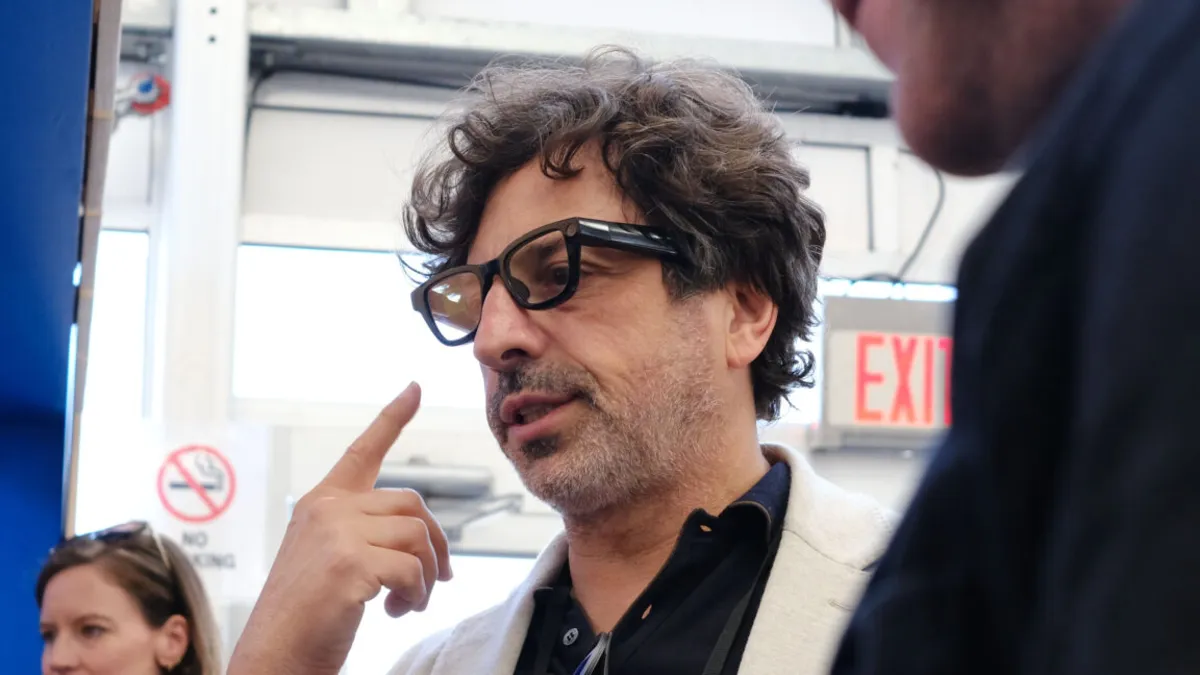
Mountain View, California—The tech world is buzzing as Google makes a bold return to the realm of smart glasses after a decade-long hiatus. It has been 13 years since the introduction of Google Glass and 10 years since it ceased consumer sales. While other attempts to create viable smart eyewear have come and gone, Google is re-entering the market with its innovative Android XR platform. This new operating system, announced late last year, was showcased at Google I/O, revealing a future that intertwines augmented reality with artificial intelligence.
At the Google I/O event, attendees had the opportunity to experience the first functional devices powered by Android XR. Designed to operate on a variety of smart glasses and headsets, this platform leverages Google's sophisticated AI, known as Gemini. The demonstration featured two distinct devices: Samsung’s AR headset, dubbed Project Moohan, and a prototype set of smart glasses. While Moohan is a fully enclosed headset that offers passthrough video, it draws inspiration from other leading devices like the Apple Vision Pro and Meta Quest. Users can expect intuitive interactions, thanks to accurate hand tracking capabilities.
Among the showcased devices, Google's smart glasses emerged as the more compelling option. Unlike the bulkier Moohan headset, these glasses are designed to integrate effortlessly into daily life. Although Google emphasized that the hardware remains in the prototype stage, the glasses exuded a sleek and sophisticated aesthetic. Unlike the Meta Ray-Ban glasses, which lack embedded displays, Google's prototype features a display embedded in the right lens, presenting information directly in the user's line of sight.
The user interface of the glasses is semi-transparent and minimalistic, showcasing essential information without overwhelming the wearer. Equipped with a camera, microphone, and open-ear speakers, the glasses maintain a discreet design, resembling standard eyewear apart from the slightly thicker temples that house the technology. These glasses connect wirelessly to a smartphone, utilizing the same Gemini Live features accessible through the Gemini app.
The experience of using Google's smart glasses is unique. A touch-sensitive region on the temple allows users to engage with the Gemini AI assistant, enabling quick access to information and services. During the demo, the glasses facilitated real-time inquiries about art, location, and even coffee-making, showcasing Gemini's impressive capabilities. Users can also capture images through the glasses, a feature that sets them apart from competitors like the Meta Ray-Bans.
During the I/O presentation, Google highlighted that Gemini Live is now accessible to all users via their smartphones, allowing for similar AI interactions as experienced with the prototype glasses. However, having Gemini integrated into smart glasses offers a hands-free experience that enhances accessibility. The AI was demonstrated to remember details from earlier in the day, manage phone settings, and even provide live navigation through Google Maps. Although a demo of real-time language translation showcased the glasses' potential, it faced technical challenges, which Google acknowledged.
Google's co-founder, Sergey Brin, addressed concerns about the previous challenges faced by Google Glass, particularly regarding consumer electronics supply chains and pricing. He expressed confidence that the new Android XR glasses would benefit from better planning and collaboration with partners like Gentle Monster and Warby Parker. These partnerships aim to create eyewear that is both stylish and functional, ensuring the glasses remain appealing to consumers.
As Google prepares to launch its Android XR glasses later this year, the anticipation is palpable. While the technology behind Gemini has made significant strides, the integration of AI into daily life through wearable technology presents both opportunities and challenges, particularly concerning privacy. The future of smart glasses remains to be seen, but with Google's ambitious plans, the industry could be on the brink of a transformative breakthrough.